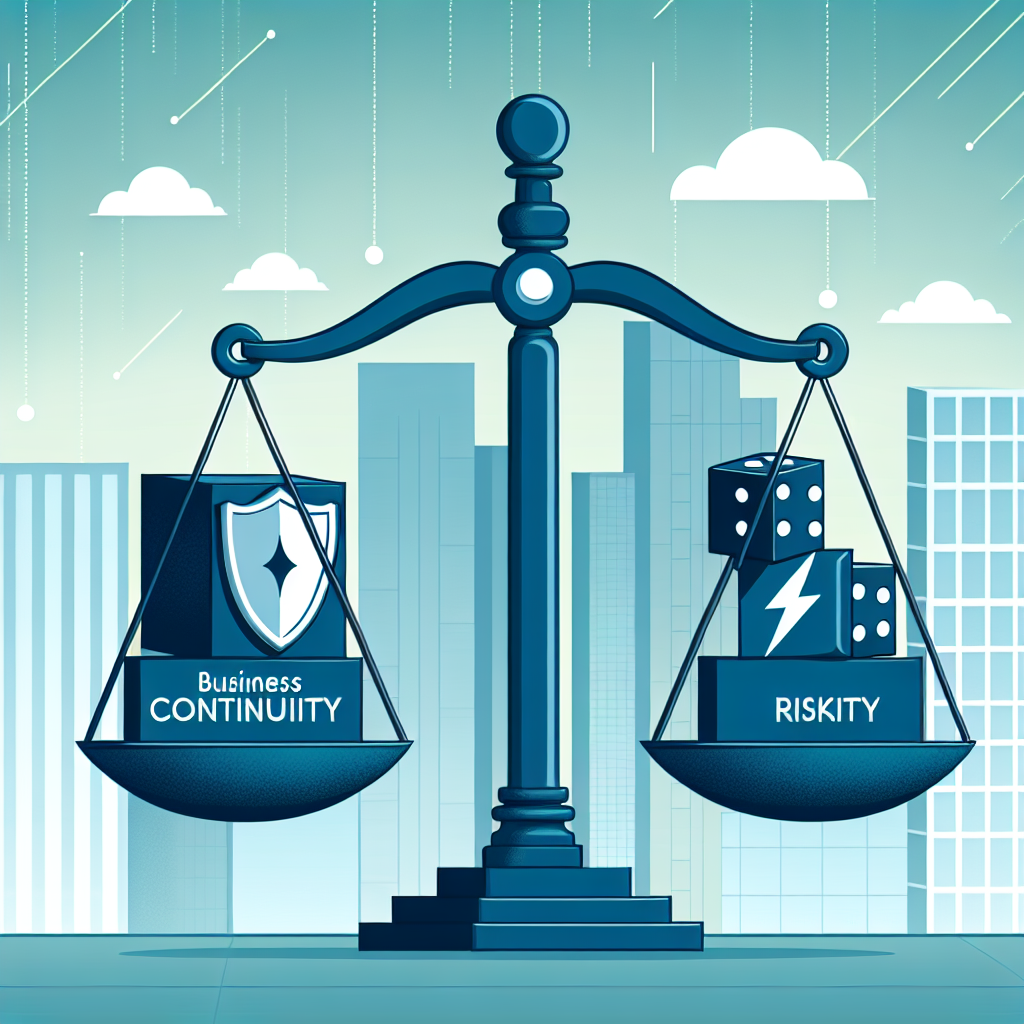Fix today. Protect forever.
Secure your devices with the #1 malware removal and protection software
In today’s fast-paced and unpredictable business environment, organizations face a myriad of risks that can disrupt operations and threaten their bottom line. From natural disasters to cyber attacks, the list of potential threats is endless. This is why having a robust business continuity plan in place is crucial for any organization.
Business continuity is defined as the ability of an organization to continue operating in the face of a disruptive event. It involves identifying potential risks, developing strategies to mitigate those risks, and implementing plans to ensure that essential functions can continue in the event of a disaster.
One key component of risk management, business continuity planning helps organizations minimize the impact of disruptions and maintain operations during times of crisis. By proactively identifying potential risks and developing plans to address them, organizations can reduce downtime, minimize financial losses, and protect their reputation.
A comprehensive business continuity plan typically includes:
1. Risk assessment: Identifying and analyzing potential risks that could disrupt operations, such as natural disasters, cyber attacks, supply chain disruptions, or pandemics.
2. Business impact analysis: Determining the potential impact of these risks on the organization, including financial losses, reputational damage, and regulatory fines.
3. Recovery strategies: Developing strategies to mitigate the impact of disruptions, such as backup systems, alternative work locations, and communication plans.
4. Plan development: Creating a detailed plan that outlines how the organization will respond to different types of disruptions, including roles and responsibilities, communication protocols, and recovery procedures.
5. Testing and training: Regularly testing the business continuity plan through drills and exercises to ensure that it is effective and training employees on their roles and responsibilities during a crisis.
6. Continuous improvement: Reviewing and updating the business continuity plan regularly to reflect changes in the organization’s operations, technology, and risk landscape.
By investing in business continuity planning, organizations can not only protect their bottom line but also gain a competitive advantage. Customers and stakeholders are more likely to trust and do business with organizations that have a solid plan in place to ensure continuity in times of crisis.
In conclusion, business continuity is a key component of risk management that can help organizations navigate the unpredictable business environment and ensure their long-term success. By proactively identifying risks, developing strategies to mitigate them, and implementing plans to maintain operations during times of crisis, organizations can protect their assets, reputation, and bottom line. It’s not a matter of if a disruption will occur, but when – and having a robust business continuity plan in place is essential for any organization looking to thrive in today’s volatile business landscape.
Fix today. Protect forever.
Secure your devices with the #1 malware removal and protection software

Leave a Reply
You must be logged in to post a comment.